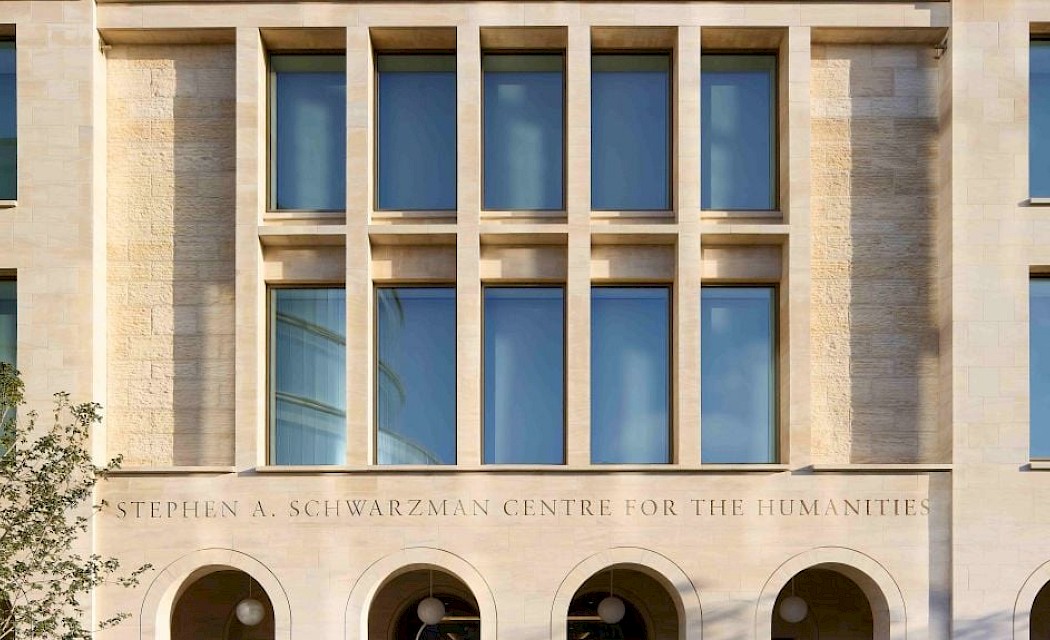Oxford has always been a city where arts and sciences find inspiration in each other. Oxfordshire’s publishing industry is a good example: scientific, medical and technical information packaged and published by creative minds. Another is its companies that are working in the fields of gaming, such as Rebellion.com, or ones like Charisma.ai, which harnesses AI to storytelling.
The Stephen A. Schwarzman Centre is a new world-class centre for the Arts and Humanities that also heralds a ‘new dialogue’ between arts and science, according to Professor Irene Tracey CBE, Vice-Chancellor of the University of Oxford. In her annual oration last month, she said: ‘We believe that the future will be very much focused on the power of creative collaboration, between faculties, between artists, between scientists.’
The centre’s official opening in October was accompanied by the announcement of a public cultural programme, beginning in April 2026, that will bring outstanding artists, performers, writers and thinkers from around the world together with Oxford’s communities, including leading academics. It will open with a free celebratory weekend (April 25 and 26, 2026) with activities for all ages including performances by Zoo Nation, Scottish Ensemble and Justice in Motion. The programme will make use of the new performance spaces within the Schwarzman Centre, which include a concert hall, theatre, performance space, dance studio, cinema, exhibition space, and a museum for musical instruments.
In her speech, Professor Tracey drew attention to the city’s museums and libraries, such as the Ashmolean Museum, History of Science Museum, Museum of Natural History, Pitt Rivers Museum, Oxford Botanic Garden, and the Bodleian Libraries as examples of arts and science working together – and which welcomed over 3.5 million visitors last year. She pointed to how researchers from the Bodleian harnessed the power of the Diamond Light Source at Harwell with cutting-edge AI to reveal an ancient Roman text unseen for 2,000 years. She called Oxford’s institutions ‘another shop window to Oxford, to hope, to the power of knowledge, human endeavour and our shared human story.’
One Oxford institution making this shared story accessible is TORCH (The Oxford Research Centre in the Humanities), a hub for intellectual collaboration and cross-disciplinary research. This autumn, its programme of talks and workshops will cover topics as diverse as AI and ability, pastoralism, cooking, a history of mental health, coal, end-of-life, tarot cards and the impact of Islam on Christian political theology.
Meanwhile, Oxford University Press, one of the world’s oldest publishers, which has recently acquired Swiss medical publisher Karger, makes 60% of its journals publishing open access, with around 40,000 new journal articles available every year globally. The publishing house has also recently inaugurated a First Book Prize which makes 10 books by early career academics openly available.
Image provided by University of Oxford
